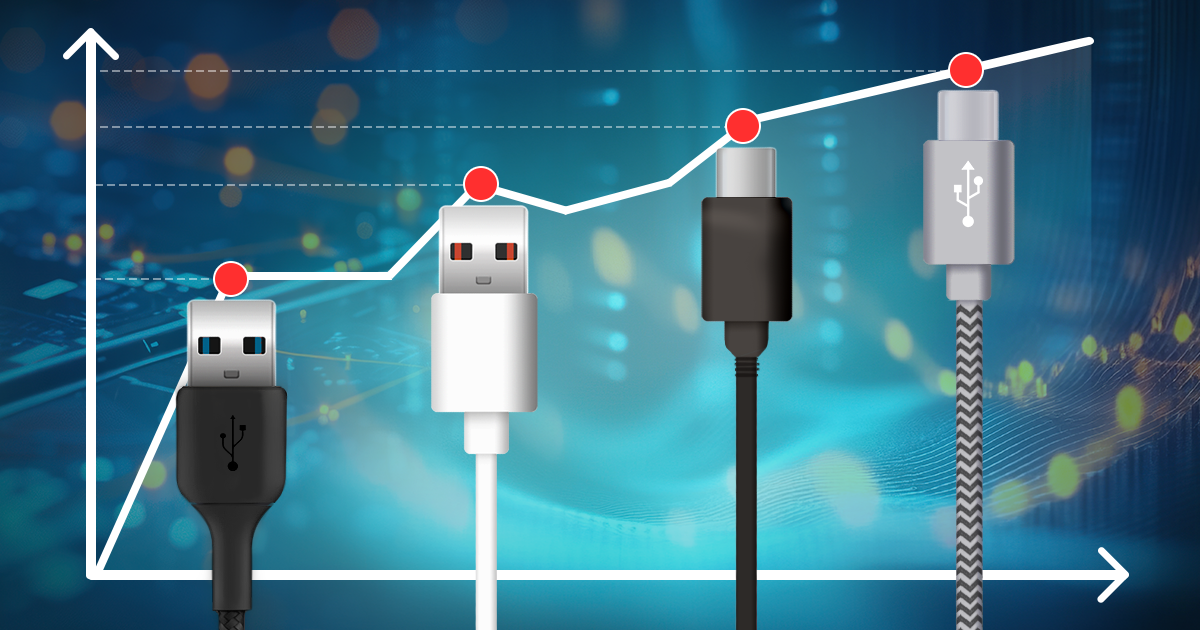Thanks to its presence on Windows and Mac computers, iPhones and Android smartphones (on which it enjoys the default browser status), Google Chrome is the world’s most popular Web browser. In this article you’ll find a comprehensive guide on how to extract Google Chrome passwords from local computers and Google Account. We’ll also cover some common and some little known scenarios helping examiners put extracted passwords to good use – such as decrypting external NAS storage, unlocking BitLocker drives and attacking strong passwords. Let’s find out how to obtain Google Chrome passwords from multiple local and cloud sources such as the user’s Mac or Windows computer and their Google account.
iOS forensics is always a lot of fun. Say, you’ve got an iPhone of a recent generation. It’s locked, you are blank about the passcode, and the worst part is it’s more than just the four proverbial digits (the last iOS defaults to six). And you don’t have their computer, and there is not an iCloud account either. A horror story where no one, even us, can do anything about it.
According to surveys, the average English-speaking consumer maintains around 27 online accounts. Memorizing 27 unique, cryptographically secure passwords is nearly impossible for a person one could reasonably call “average”. As a result, the average person tends to reuse passwords, which means that a single password (or its simple variations) can be used to protect multiple online accounts and services. The same passwords are very likely to be chosen to protect access to offline resources such as encrypted archives and documents. In fact, several independent researches published between 2012 and 2016 suggest that between 59 and 61 per cent of consumers reuse passwords.
This article opens a new series dedicated to breaking passwords. It’s no secret that simply getting a good password recovery tool is not enough to successfully break a given password. Brute-force attacks are inefficient for modern formats (e.g. encrypted Office 2013 documents), while using general dictionaries can still be too much for speedy attacks and too little to actually work. In this article, we’ll discuss the first of the two relatively unknown vectors of attack that can potentially break 30 to 70 per cent of real-world passwords in a matter of minutes. The second method will be described in the follow-up article. (more…)
Activation Lock, Apple ID, Apple ID password, authentication token, Celebrities hack, Find My Phone, FindMyPhone, iCloud, iCloud password, iPhone, keychain, phishing, Social Engineering
How many passwords does an average Joe or Jane has to remember? Obviously, it’s not just one or two. Security requirements vary among online services, accounts and applications, allowing (or disallowing) certain passwords. Seven years ago, Microsoft determined in a study that an average user had 6.5 Web passwords, each of which is shared across about four different websites. They’ve also determined that, back then, each user had about 25 accounts that required passwords, and typed an average of 8 passwords per day.
Do you think you know everything about creating and using backups of Apple iOS devices? Probably not. Our colleague and friend Vladimir Bezmaly (MVP Consumer security, Microsoft Security Trusted Advisor) shares some thoughts, tips and tricks on iTunes and iCloud backups.
Apple, backup, Elcomsoft Phone Password Breaker, GPU acceleration, iBackupBot, iCloud, iPhone, iTunes, Oxygen Forensic Suite, password cracking, password recovery
Major security breaches occur in quick succession one after another. Is it a chain reaction? How do we stop it?
We’ve analyzed 17 popular password management apps available for Apple iOS and BlackBerry platforms, including free and commercially available tools, and discovered that no single password keeper app provides a claimed level of protection. None of the password keepers except one are utilizing iOS or BlackBerry existing security model, relying on their own implementation of data encryption. ElcomSoft research shows that those implementations fail to provide an adequate level of protection, allowing an attacker to recover encrypted information in less than a day if user-selectable Master Password is 10 to 14 digits long.


